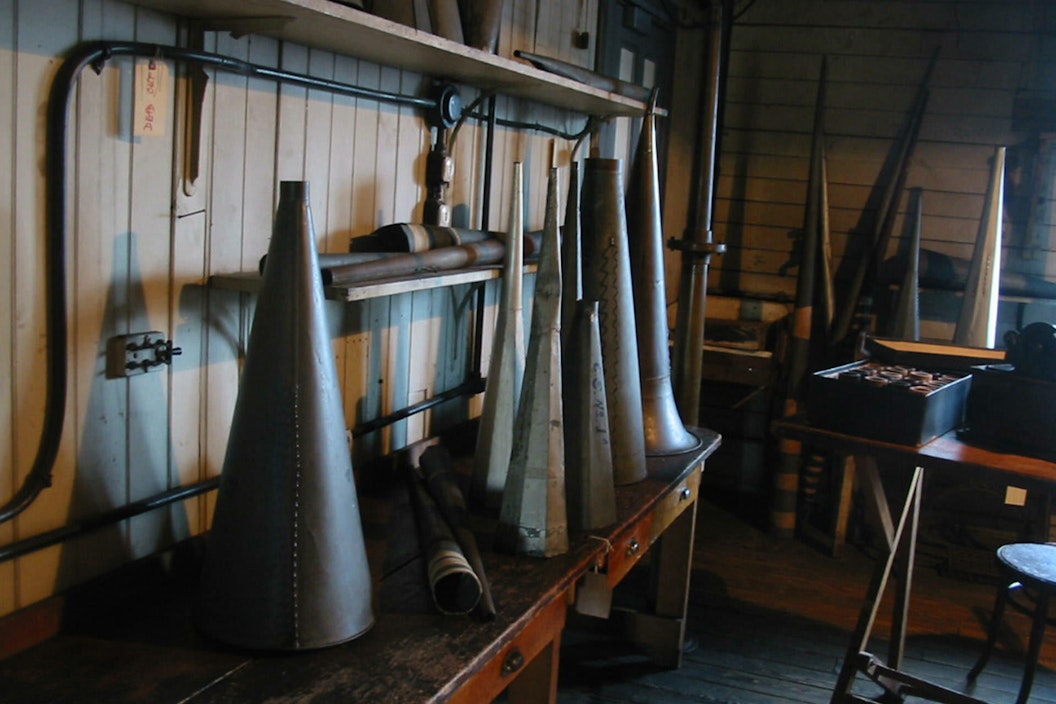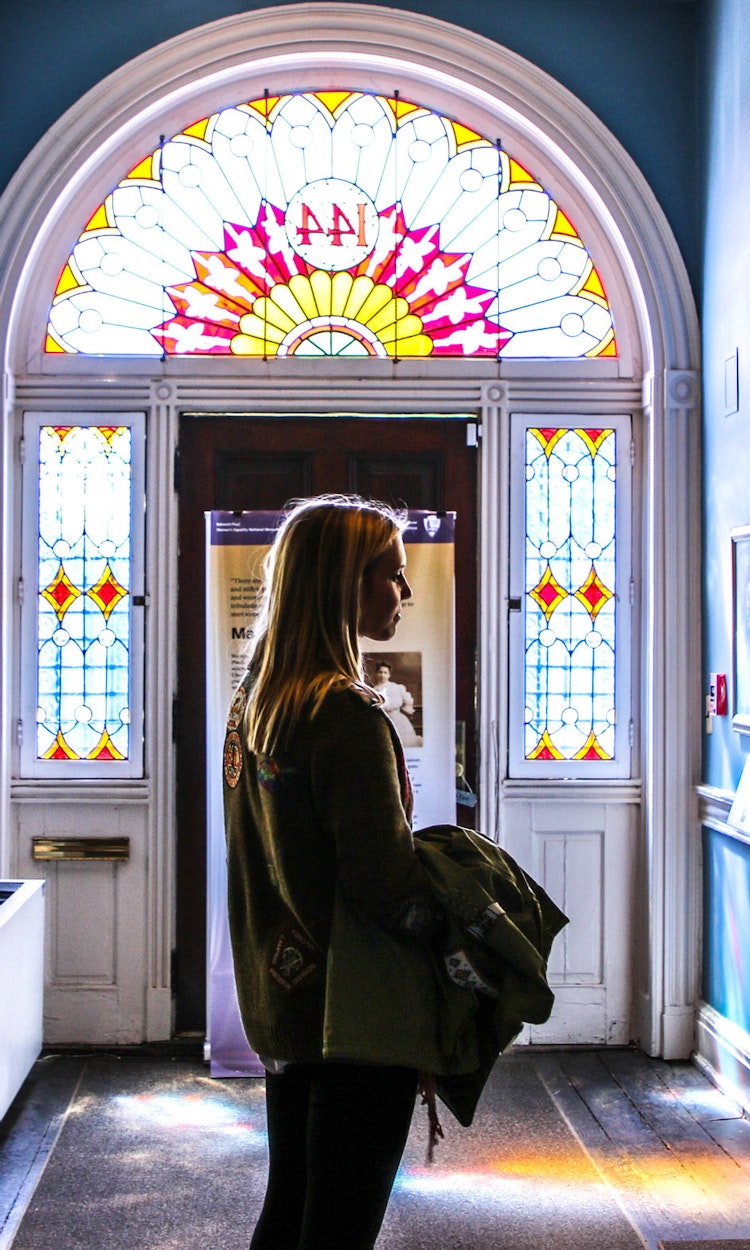

.
.
A Women in Parks grant from the National Park Foundation (NPF) helped Thomas Edison National Historical Park delve deeper into the contributions of Mina Edison to women’s history, uncovering over 600 materials containing information about her that was previously unknown. Mina Edison, the wife of inventor Thomas Edison, played a pivotal role in the family’s life at Glenmont, their sprawling estate that served as the Edison’s private residence. Her active involvement in managing the estate and her advocacy for recognizing women’s roles as “Home Executives” during the late nineteenth century are essential components to the park’s history. Thomas E. Ross, park superintendent, stressed the importance of the project, stating “it is imperative that we do all we can to research and understand [Mina’s] impact, using our vast collections and that of our partners and other repositories. The information we have collected is invaluable to our cultural resource and interpretive/education teams, and will be used to share Mina’s story, building programs, and developing new exhibits to convey this important message and to educate the public.”
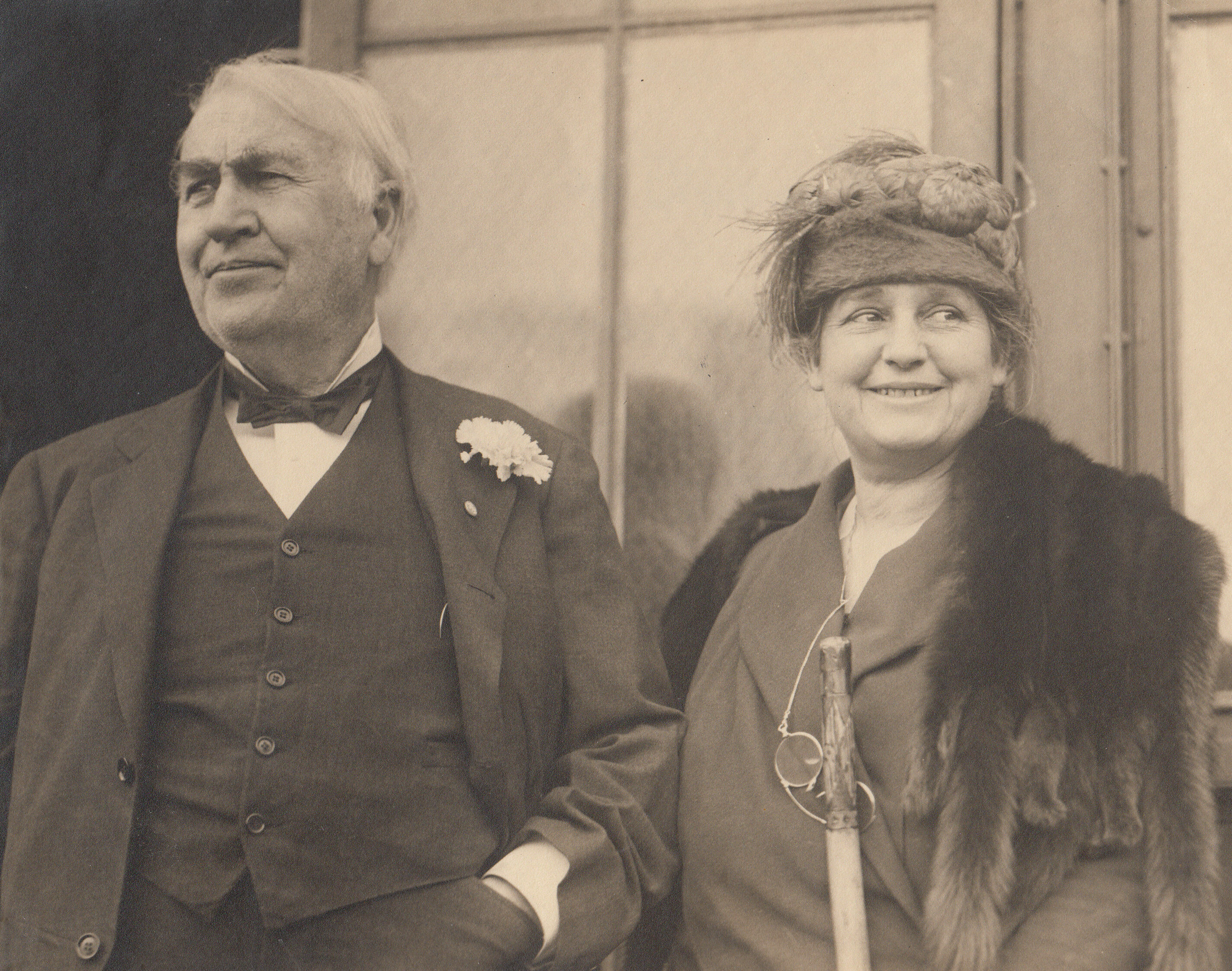
The grant funded the work of Katherine Hobbs, an archival research intern and a doctoral student who became the project's historian upon the completion of her PhD: Katherine Hobbs. Hobbs worked extensively on the "Mina's Place of Business" project. Hobbs specializes in 19th century women’s history, and she used hundreds of digitized magazine and newspaper articles off-site, as well as primary documents from the park’s vast collection of materials, focusing specifically on Mina's role as a "Home Executive" in the 19th century and her significant influence on history.
Through her research, Hobbs uncovered a wealth of newspaper articles and magazine interviews where Mina advocated for women’s recognition as “home executives” and sought to establish women’s work as legitimate profession equal to that of men. The project also revealed Mina’s philanthropic efforts, including her work with local orphanages, victims of domestic abuse, and her commitment to desegregation and social reform.
For Hobbs, the unique opportunity to work directly with the park has been remarkable: “I felt so privileged to get to conduct research at a site that has so many resources and, just as importantly, still feels so alive. During this project, I learned so much from the staff about how museums and archives are run, and the work I did helped realign my priorities as a scholar and inspired me to continue working in the public history field.”
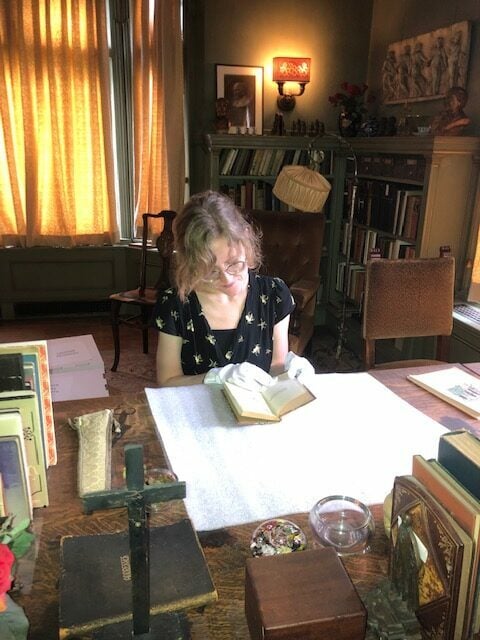
Because of the discovery of the massive amounts of materials to wade through, the scope of the project was adjusted, giving Hobbs more time to process and distill the findings into materials useful to the park. Ultimately, the project produced the "Mina's Place of Business" handbook, a resource that provides historical data about Mina's life and work. The handbook will aid park interpreters develop new programming and serve as the foundation for the upcoming "Mina's Place of Business" interpretive program, set to pilot at the Glenmont estate in 2023.
For volunteers at the park, the research has already helped them refine their interpretive programs. Says Yvan Beausoleil, a volunteer at the park, “This new research paper will provide me and the other interpretive rangers and volunteers with a greater depth of knowledge of Mrs. Edison and her management style of the Glenmont estate. Another tool in my belt and many more stories to share!”
The funds from NPF’s grant were supplemented with administrative support from Friends of Thomas Edison National Historical Park, the park’s local non-profit organization. For them, the project has strengthened the connection between the organization and the park's mission and resources around this specific area of interest – Mina Edison’s life and legacy.
Bringing Research to Life
The handbook on Mina Edison’s life and work is just the beginning but is already impacting how park staff view and interpret the site. “I’ve learned more about Mina Edison in the past three months than I have over the past 30 years of work at the park,” says Beth Miller, curator of the Edison home, Glenmont, at the park. Building upon Hobbs’ initial research project, Thomas Edison National Historical Park also received an Inclusive Storytelling grant from NPF, enabling Hobbs to continue her research. Thanks to the grant, this extended research period will enable her to delve deeper into the 1.5 million pages of documents in the park archives, bringing out more impactful information about Mina Edison's life.
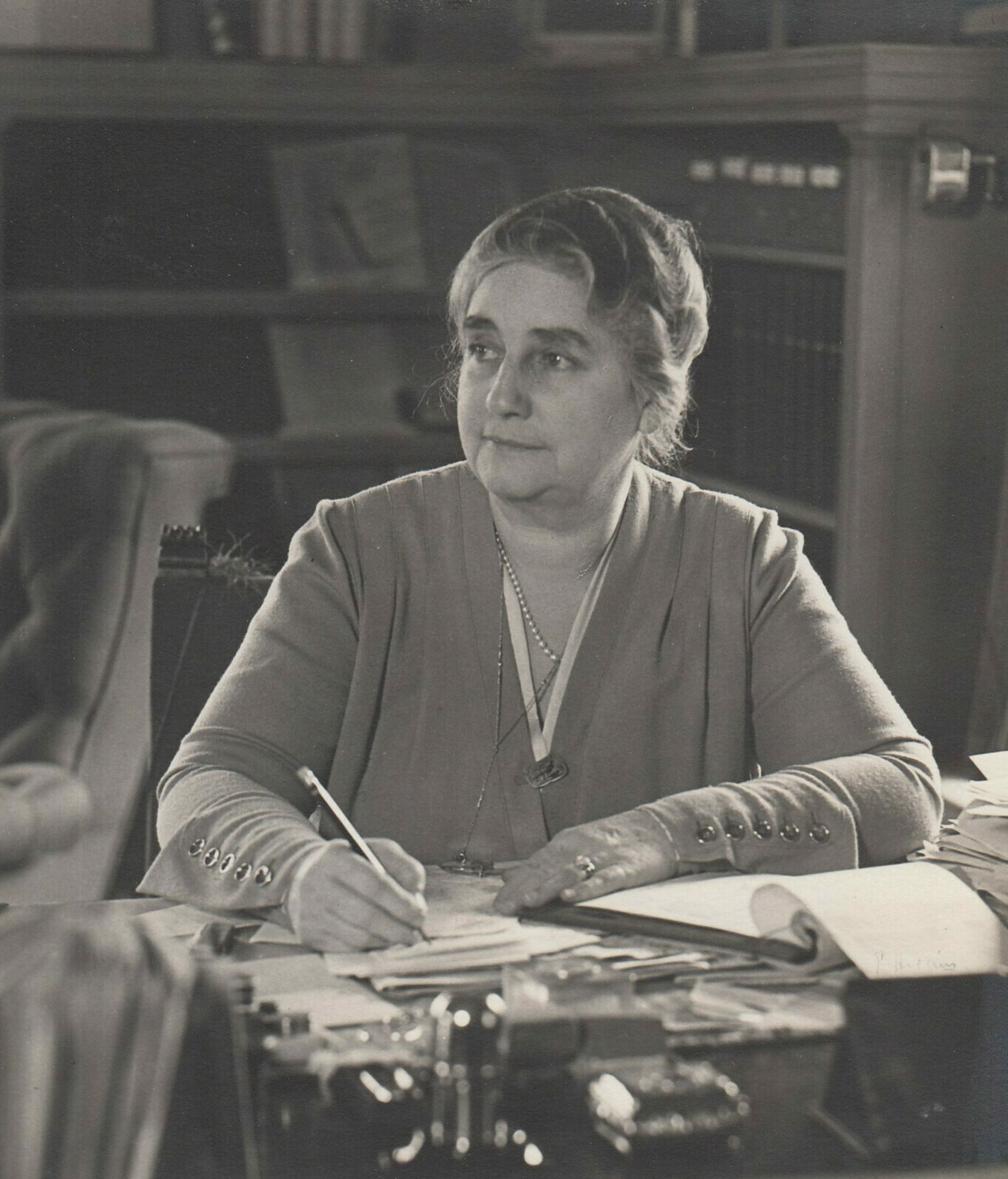
Additionally, the project aims to produce a comprehensive "Mina Manual" based on the research, equipping interpreters with accurate and cited academic scholarship to develop Mina-focused interpretation. Simultaneously, the park will develop an interpretive outline for the "Mina's Place of Business" tour, offering options for 20-minute or 40-minute programs, to provide visitors with an in-depth look into Mina's work and highlights the significant role women played as “Home Executives" during the late nineteenth century. In tandem with the program launch, the project will also conserve and exhibit four museum artifacts related to Mina's work, further underscoring her story.
By updating references and highlighting Mina's impact on women's history at the park, these projects aim to challenge implicit biases and offer a more inclusive perspective of both the park and Mina Edison's legacy. Bringing to light Mina Edison’s story at Thomas Edison National Historical Park is a significant step towards promoting women's equality and recognizing their vital contributions throughout history within the context of our national parks.
Related Programs
-
 Women in Parks
Women in Parks -
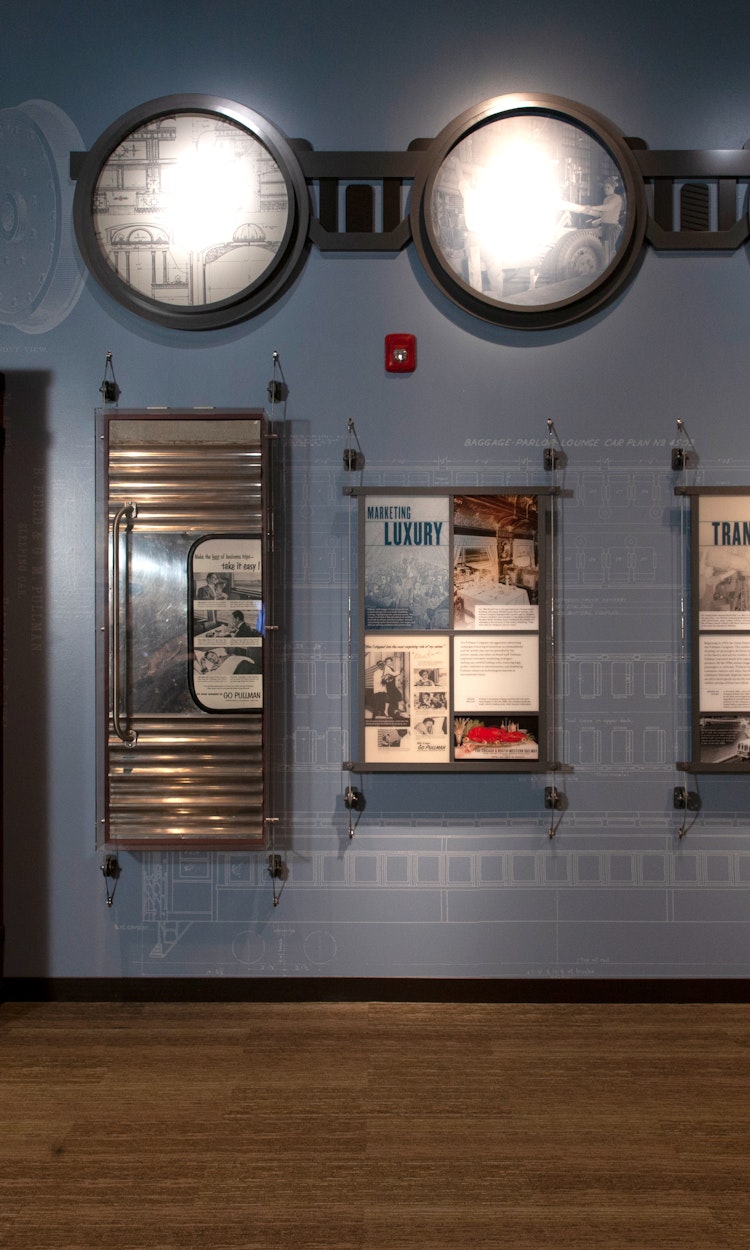 Inclusive Storytelling
Inclusive Storytelling
